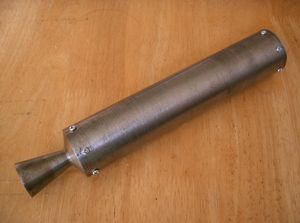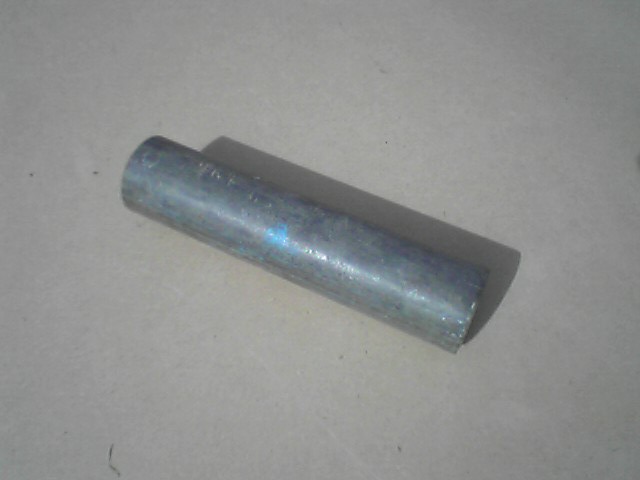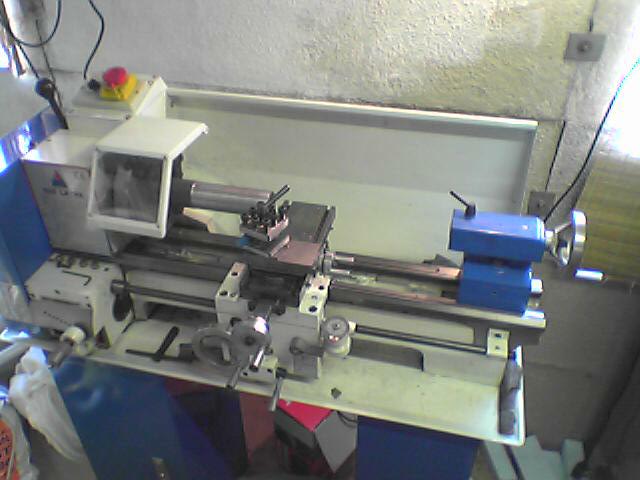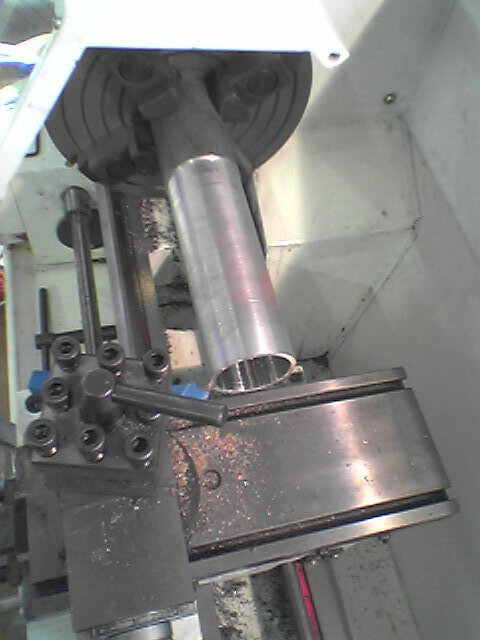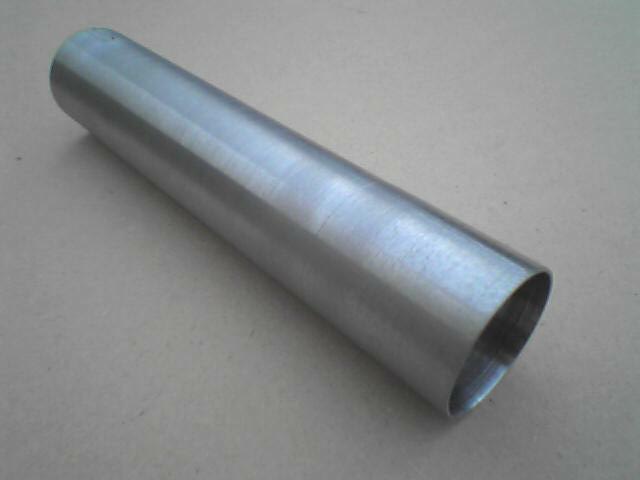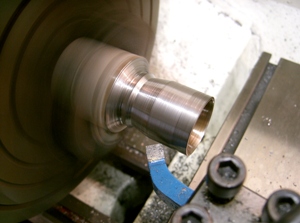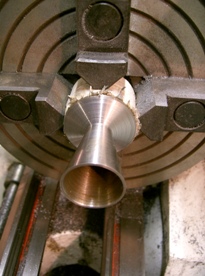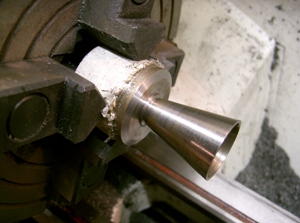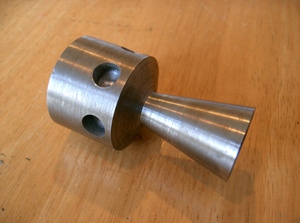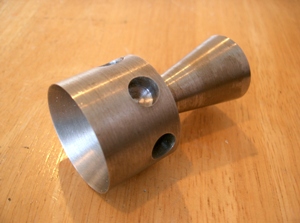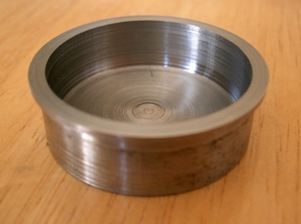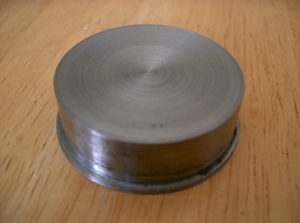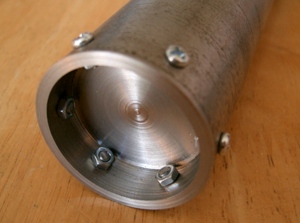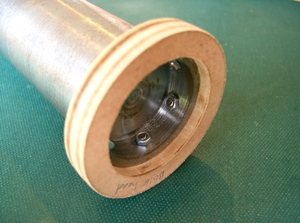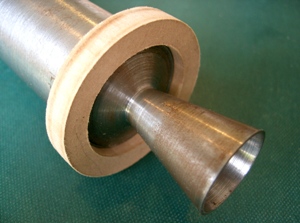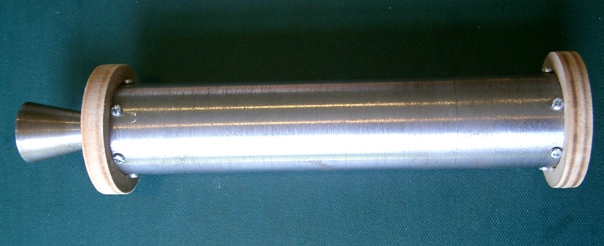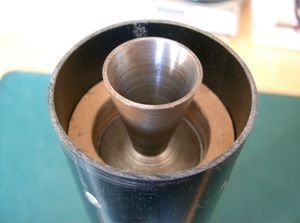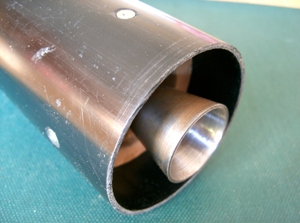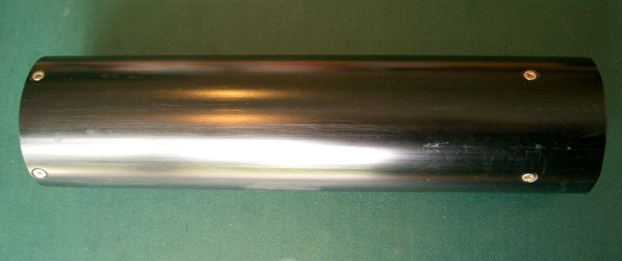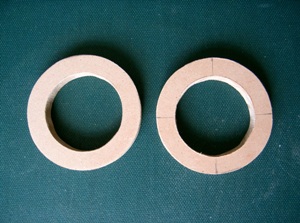 This is an advanced home built rocket that is powered by a solid KNSU propellant. KNSU is a common accronym for the Potassium-Nitrate (KN) and Sucrose (SU) based rocket propellant. The rocket motor housing and nozzle have been machined from steel using a metal work lathe. This rocket should be able to reach altitudes of over 600 meters. This prtoject has been based on knowlage obtained from one of my favourite model rocket websites: Richard Nakka's Experimental Rocketry.
This is an advanced home built rocket that is powered by a solid KNSU propellant. KNSU is a common accronym for the Potassium-Nitrate (KN) and Sucrose (SU) based rocket propellant. The rocket motor housing and nozzle have been machined from steel using a metal work lathe. This rocket should be able to reach altitudes of over 600 meters. This prtoject has been based on knowlage obtained from one of my favourite model rocket websites: Richard Nakka's Experimental Rocketry. 